
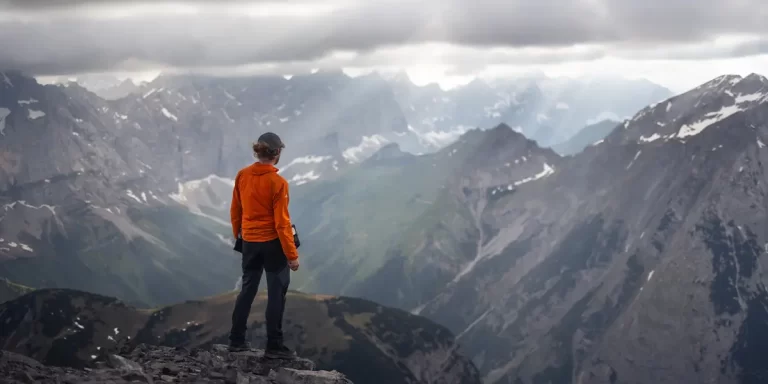
Backpacking in Austria offers immense variety for outdoor enthusiasts, from the soaring peaks of the Austrian Alps to the lush forests and crystal clear lakes of the Salzkammergut region, including popular destinations like the Hohe Tauern National Park.
And that’s what this post is all about – backpacking in Austria. We’ll provide tips to help you prepare for backpacking in this diverse country as well as showcase the TOP 5 multi-day trails in Austria.
Intrigued? Let’s get started.
Explore Austria’s best scenic trails for epic mountain adventures:
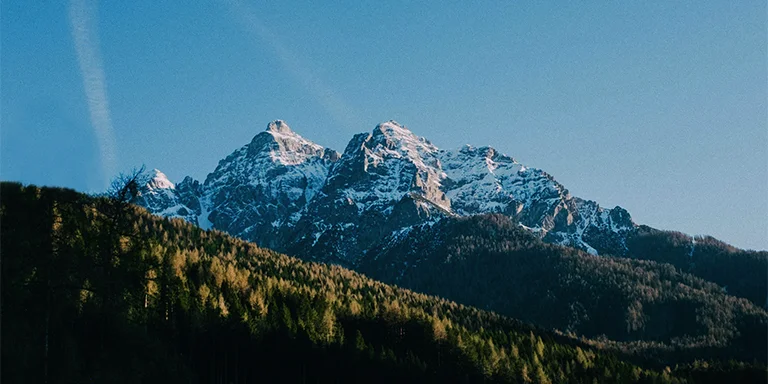
Length: 56.8 mi / 91.4 km
Type: Loop
Difficulty: Hard
Elevation Gain: 22 237 ft / 6778 m
Location: Ruhegebiet Kalkkögel
Estimated Hiking Calorie Burn: 17 370 calories
More Details: See AllTrails
The challenging 56-mile Stubaier Höhenweg loop trail near Neustift im Stubaital is a popular backpacking route from July to September. Traversing high alpine terrain over 5,000 meters, the trail passes eight huts over nine days. Proper fitness, equipment, and lack of vertigo are prerequisites. The scenic trail features steep climbs and descents, snow crossings, cables, and ladders. Hikers are rewarded with stunning vistas of the Stubai Alps and its glaciers. Tackle this epic Tyrolean trek in stages or as a multi-day thru-hike. Public transit from Innsbruck provides access to the cable car up to the start of this demanding yet rewarding adventure.
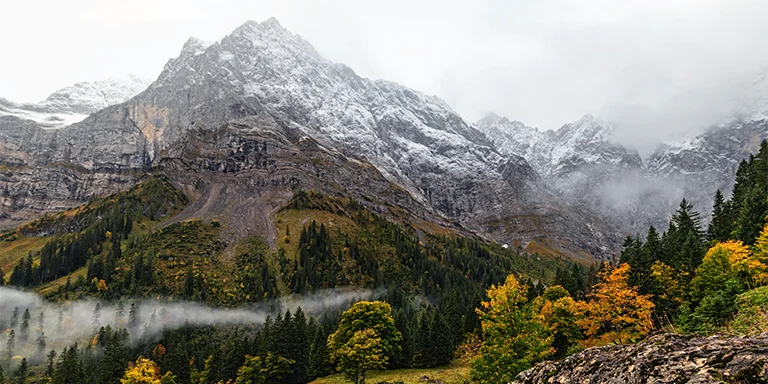
Length: 33.5 mi / 53.9 km
Type: Loop
Difficulty: Hard
Elevation Gain: 7811 ft / 2381 m
Location: Karwendel Nature Park
Estimated Hiking Calorie Burn: 8700 calories
More Details: See AllTrails
Proceed with caution on the highly challenging 33.5-mile loop trail near Vomp, Tyrol, best attempted from July to September. Traversing the Karwendel Nature Park’s alpine terrain, this popular trail is only for experienced backpackers and adventurers. The route features steep ascents and descents on a mix of trails and summits. Proper fitness, gear, and no fear of heights are prerequisites. Though demanding, hikers are rewarded with stunning vistas across the peaks and valleys of the Karwendel range. Tackle this scenic Tyrolean trek in stages or as a multi-day hike.
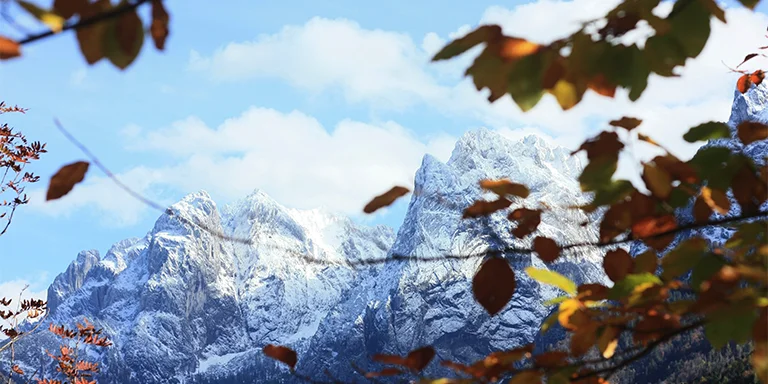
Length: 38.4 mi / 61.8 km
Type: Loop
Difficulty: Hard
Elevation Gain: 14 258 ft / 4346 m
Location: Kaisergebirge Nature Reserve
Estimated Hiking Calorie Burn: 12 800 calories
More Details: See AllTrails
The challenging 38.4-mile loop trail near Going am Wilden Kaiser is a popular multi-day hike in Tyrol’s Kaisergebirge nature reserve, best from June through October. Traversing alpine terrain over 5 days, the route features scenic views of the Wilder Kaiser massif, Chiemsee, and Grossglockner. Proper fitness and gear are prerequisites for the 5-8 hour daily treks. Hikers overnight in mountain huts and are rewarded with stunning vistas of the region’s peaks and valleys. Tackle this scenic Tyrolean trek in stages or as a thru-hike. The area draws many backpackers, though solitude can be found during quieter times. Accessible via Munich and chairlift, it’s an amazing local adventure.
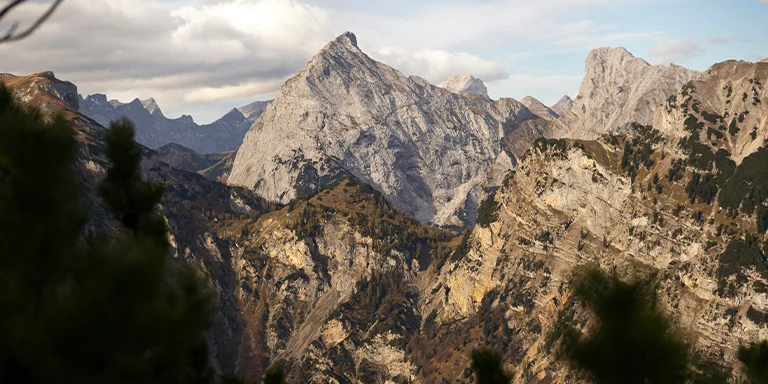
Length: 49.5 mi / 79.6 km
Type: Point to point
Difficulty: Hard
Elevation Gain: 15 997 ft / 4876 m
Location: Reith bei Seefeld
Estimated Hiking Calorie Burn: 13 360 calories
More Details: See AllTrails
The challenging 43-mile Karwendel Höhenweg near Reith bei Seefeld is a popular backpacking route, best hiked July to September. Traversing alpine terrain, the trail features overnight stays in charming, rustic huts. Proper fitness, gear, and hiking experience are essential. The scenic trail leads through valleys, pastures, and lonely summits with fantastic panoramic views. Tackle this varied Tyrolean trek in stages or as a thru-hike. Though the area draws many hikers, solitude can be found during quieter times. With stunning alpine nature and wildlife, it’s an unforgettable adventure.

Length: 66.8 mi / 107.5 km
Type: Loop
Difficulty: Hard
Elevation Gain: 22 834 ft / 6960 m
Location: High Tauern National Park
Estimated Hiking Calorie Burn: 19 700 calories
More Details: See AllTrails
The challenging 66.8-mile loop trail near Kaprun, Austria is a popular backpacking route in Hohe Tauern National Park, best hiked July to September. Traversing stunning alpine terrain over 7 days, the route circles Grossglockner and features overnight stays in huts. Proper fitness, gear, and alpine experience are essential. The scenic trail leads through valleys, pastures, and peaks with fantastic panoramic views. Tackle this varied Austrian trek in stages or as a thru-hike. Though the area draws many hikers, solitude can be found during quieter times. With breathtaking high mountain scenery and diverse landscapes, it’s an epic alpine adventure.
Austria experiences a varied climate throughout the year, and the weather for backpacking depends on the specific time and region you plan to visit. Here’s a general overview:
Before choosing your gear, check the weather forecast for Austria (Vienna):
| Jan | Feb | Mar | Apr | May | Jun | Jul | Aug | Sep | Oct | Nov | Dec | |
|---|---|---|---|---|---|---|---|---|---|---|---|---|
| High °F | 38 | 42 | 51 | 62 | 69 | 76 | 80 | 80 | 70 | 59 | 48 | 39 |
| Low °F | 27 | 28 | 34 | 42 | 50 | 56 | 60 | 59 | 52 | 43 | 36 | 29 |
| Rain/Snow (D*) | 9 | 7 | 9 | 7 | 9 | 8 | 9 | 8 | 7 | 7 | 8 | 9 |
Not sure if Austria is right for you?
Don’t forget to check out our backpacking guides for Germany and Italy.
Campfires are extremely restricted when backpacking in Austria and require advance planning and permits. Fires are prohibited in many alpine and forest areas due to high risk of uncontrolled spread. Research specific regulations which vary across states and national parks. Obtain required permits well before your trip if fires are conditionally allowed only in designated campfire rings. Since campfires can damage fragile alpine vegetation, use camp stoves instead.
When hiking in Austria, prepare for rapidly changing alpine conditions by packing proper gear including insulation layers, raingear, navigation tools, sun protection, and emergency supplies. Check conditions and avoid trekking during storms or high avalanche risk. Stay on marked trails when hiking above treeline or near glaciers. Research and obtain permits required for certain protected areas. Learn basic German phrases if needed. Tell others your plans and hike with a partner when possible. Take caution near steep drop-offs and unstable terrain. Watch for falling rocks and wildlife like mountain goats.
When hiking in Austria, be alert and make noise to avoid surprising wildlife. Give animals like chamois, marmots, mountain goats, and alpine salamanders a wide berth. Do not approach, feed, or touch wild creatures. Watch your step around marmot burrows on trails. Wear insect repellent and check for ticks after hiking. Back away slowly if encountered by protective sheepdogs. Leave farm fences intact and avoid disturbing grazing livestock. Promptly seek medical care for any animal bites or scratches.
U.S. citizens do not need a visa for stays up to 90 days within a 180-day period for tourism or business purposes in Austria. However, they must have a passport that is valid for at least three months beyond the intended stay.
For any traveler heading outdoors into the Austrian wilderness, planning and preparation are key to enjoying a safe and comfortable backpacking trip. A critical part of preparation is ensuring your backpack is properly equipped. Pack essential gear like hiking boots, warm layers, rain jacket, first aid kit, water filter, and multiple days’ worth of food. You’ll also want to bring a lightweight tent, sleeping bag, and sleeping pad to spend nights in the wilderness away from developed campgrounds. As an explorer venturing off maintained trails, pack a map and compass too for navigating unfamiliar alpine terrain.
In addition to gear preparation, build up your physical fitness for multi-day hikes carrying a full backpack. Go on training walks closer to home with weight in your pack to acclimate your body. Research recommended backpacking routes to set expectations for trail conditions and landmarks to explore. Don’t forget to check weather forecasts too. With the proper backpack, gear, physical training, and route planning, you’ll be fully equipped to embark on memorable treks through Austria’s spectacular scenery as an adventurous backpacker.